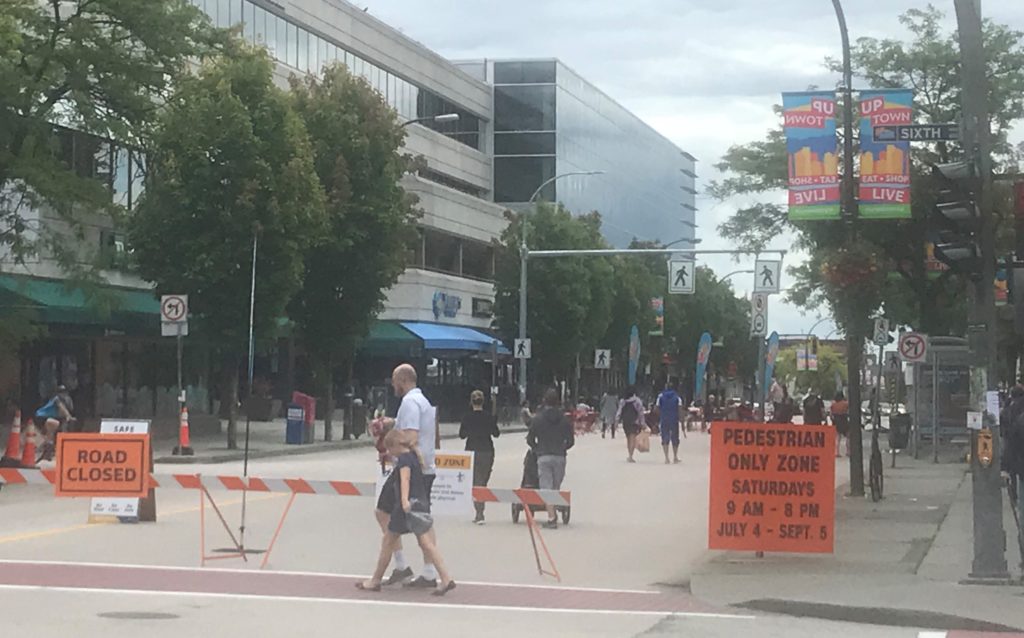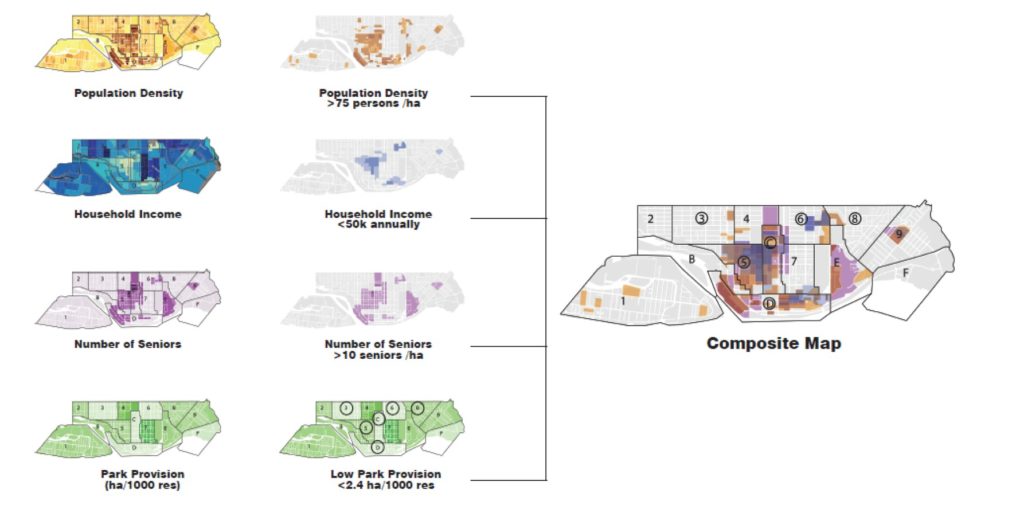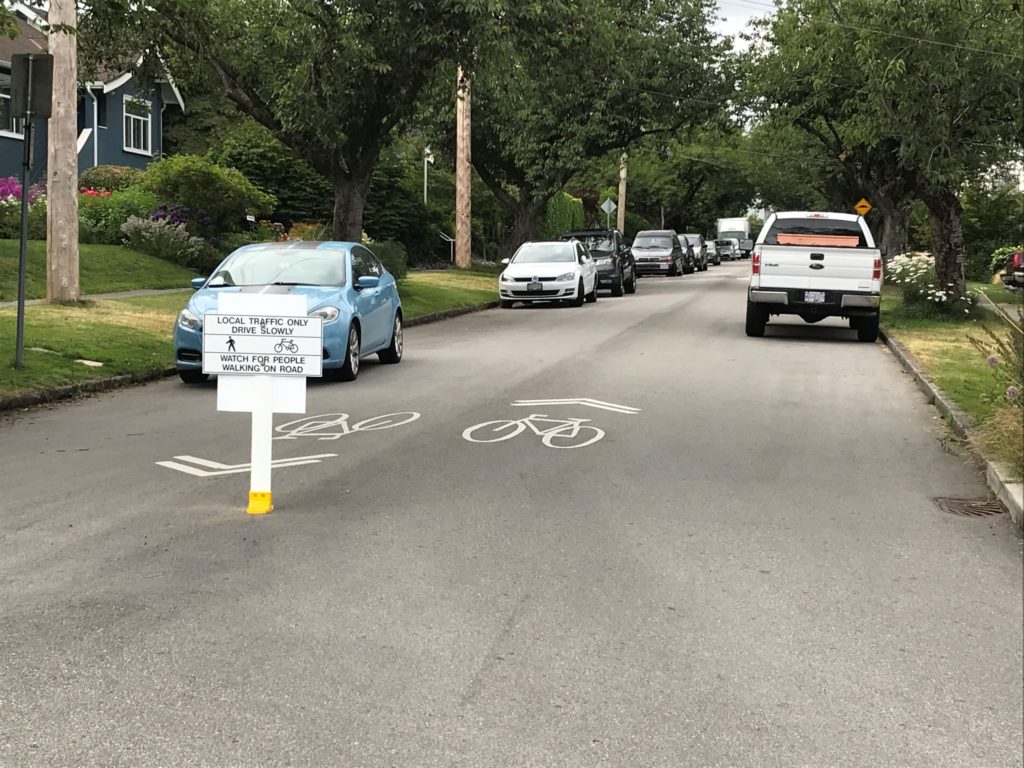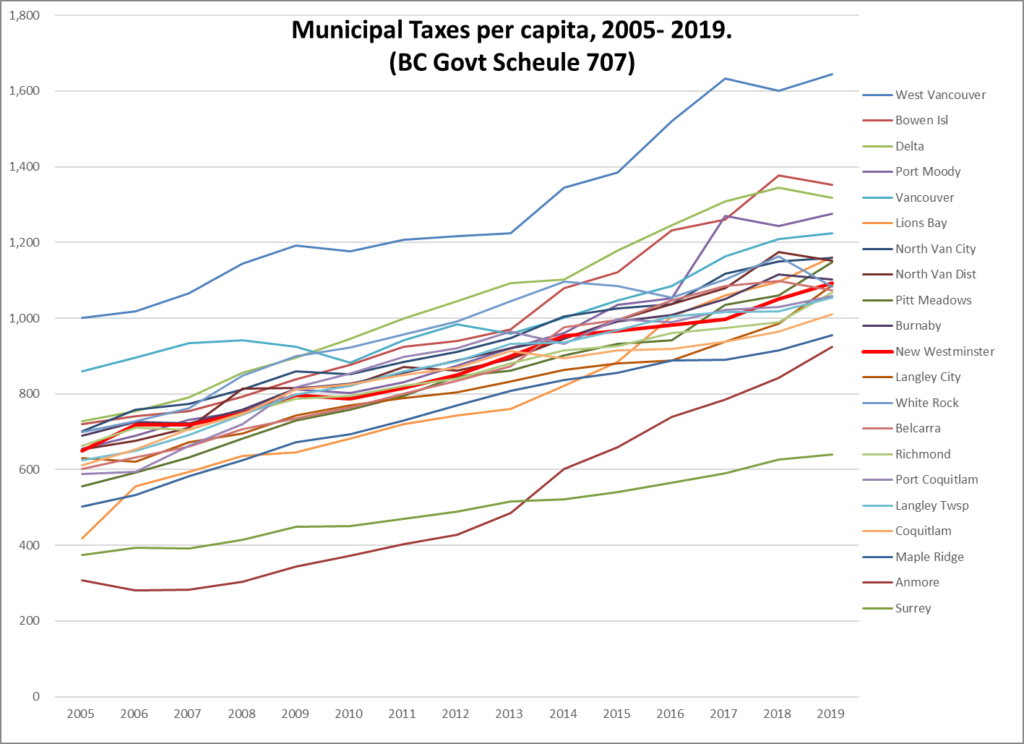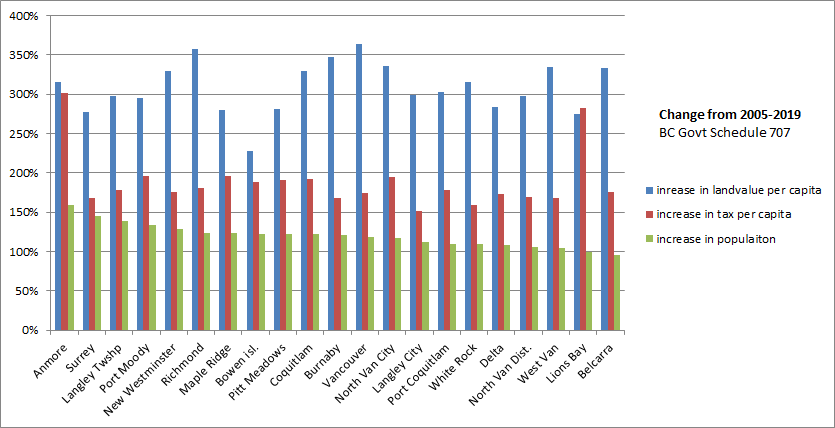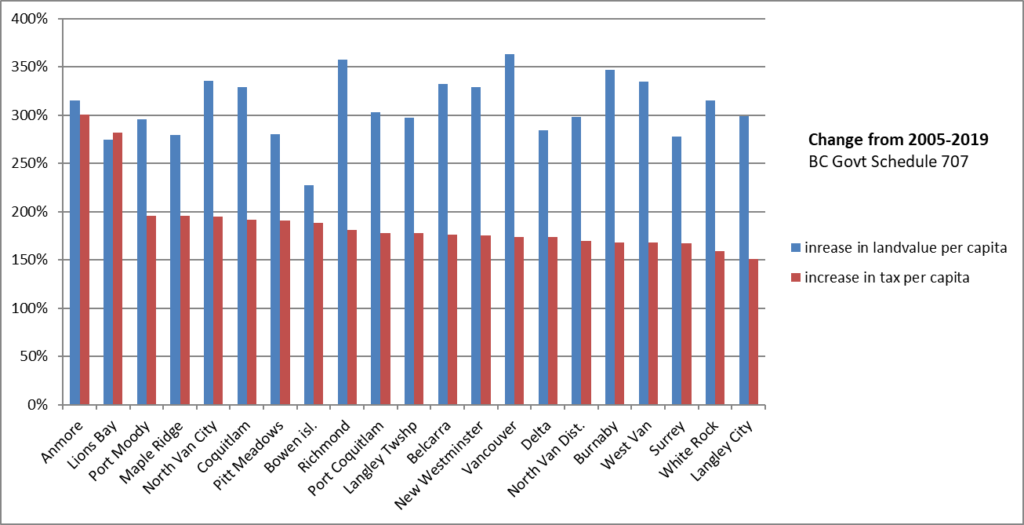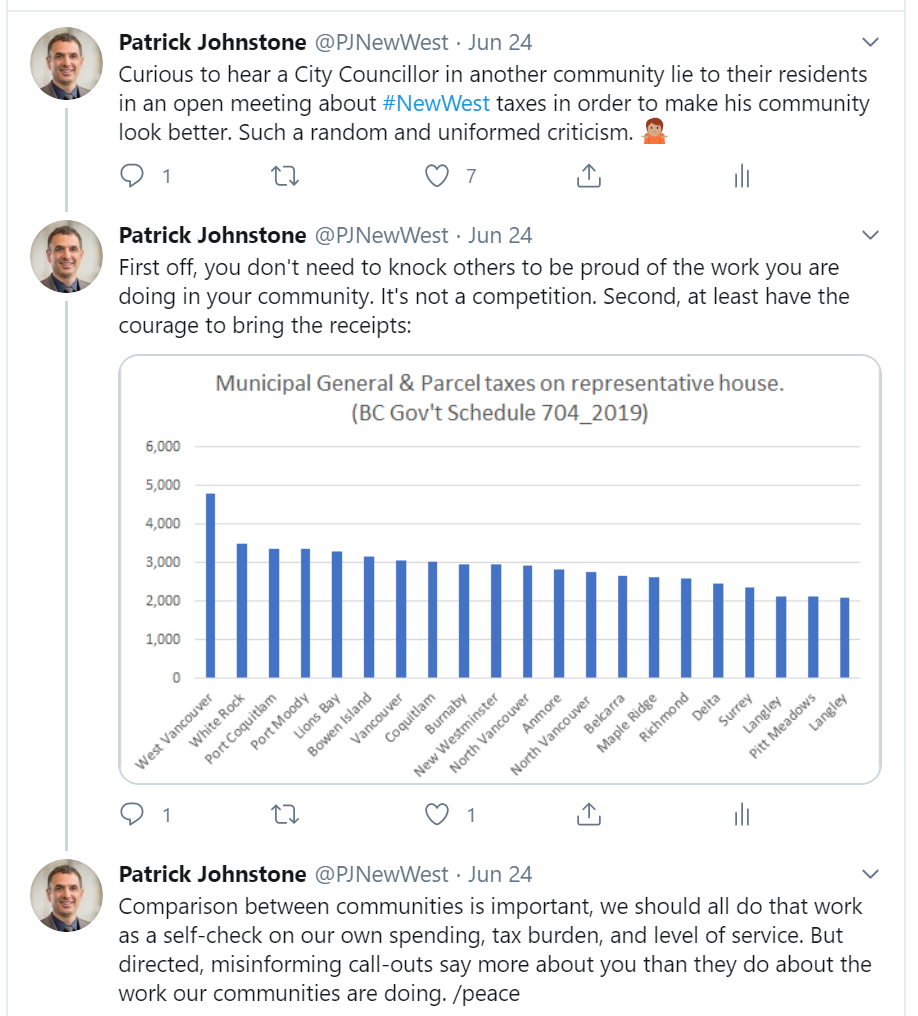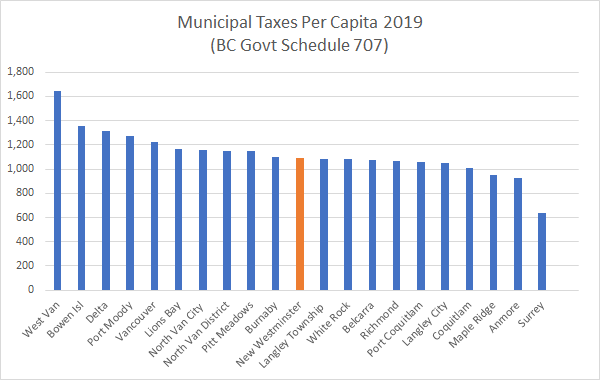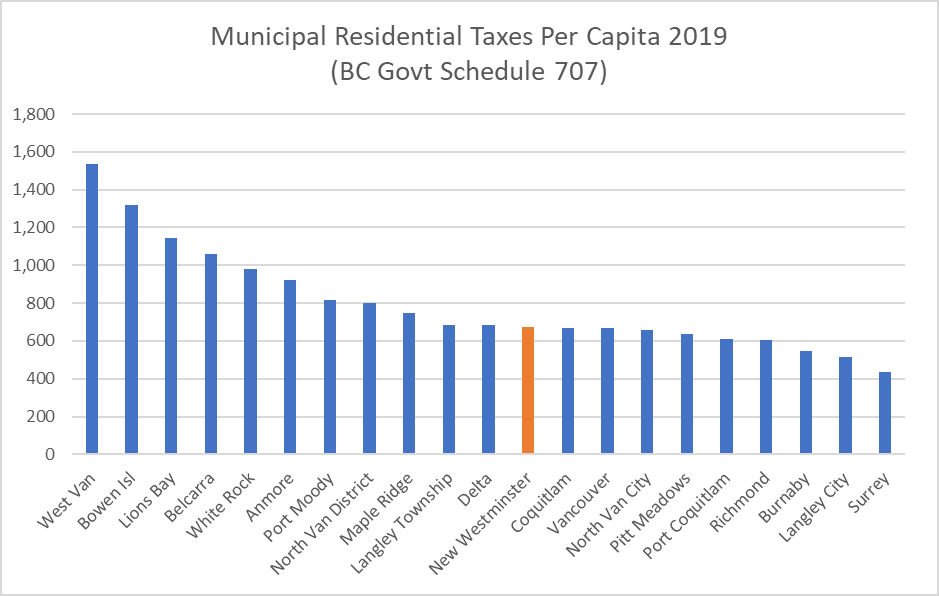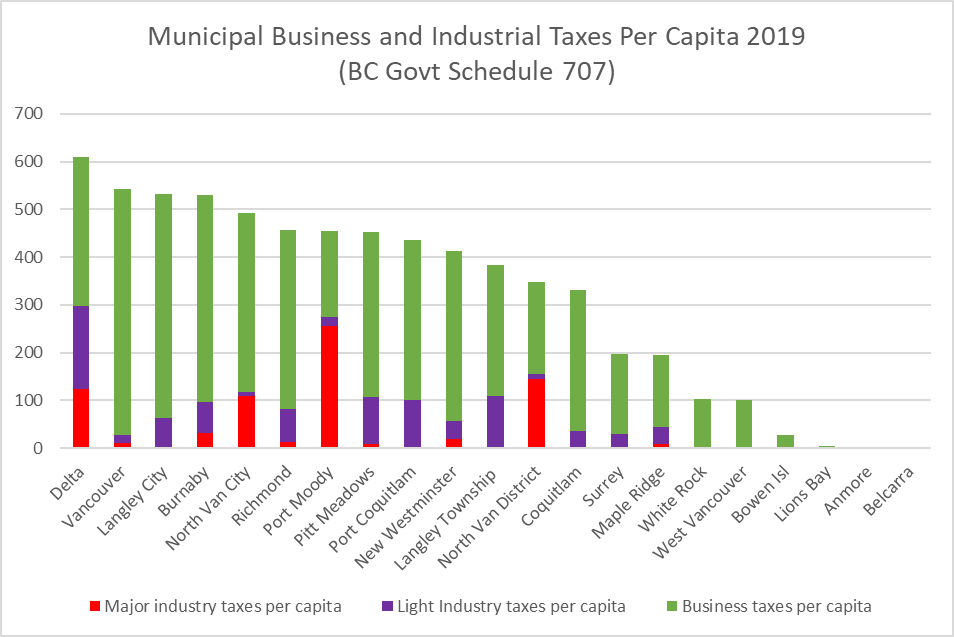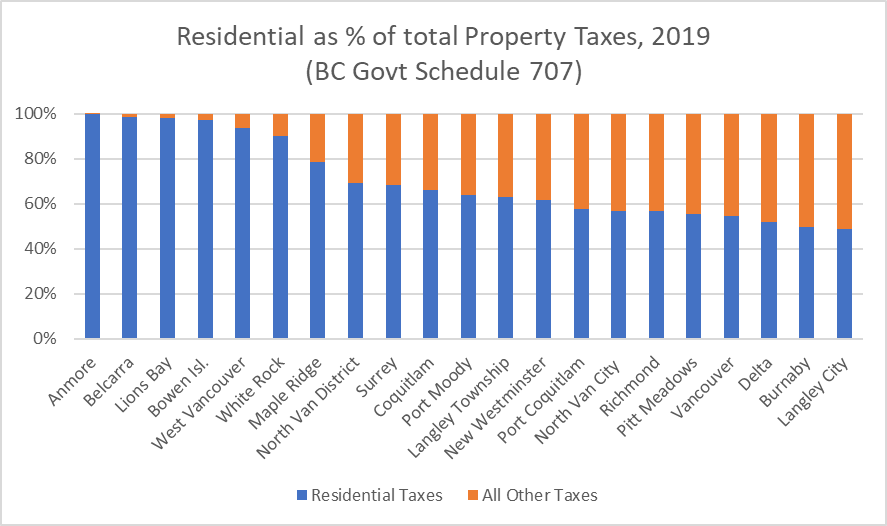The last New Westminster Council meeting before the summer break had a long Agenda. I reported out on the first half a couple of days ago, here is the rest, starting with the items Removed from Consent for discussion:
Update on the City’s Recovery Plan
This is a report on the things we are planning for the fourth quarter of 2020 as part of the anticipated recovery from the pandemic response, set out by the City’s 7 main operating departments. There is a lot of detail in here, and every department is being guided by Provincial Health Orders and the priorities set out by Council in previous meetings.
The biggest news here for many is that the Library will be re-opening in early August, with some adjustments to service and new safety protocols (including an early opening hour exclusively for seniors). Most parks and rec facilities will be gradually re-opening and programming resuming through Q4, but the pace of this will rely on how the public health response shifts. We are still very much still in the middle of the Pandemic, and we cannot anticipate what the case rate or risk will be in October, so this will be a plan in motion.
As each Municipality is interpreting orders a little differently, and each community has different priorities and financial situations, I predict we will spend much of the rest of 2020 with members of every municipality saying some version of “Community X is doing Y, why don’t we do Y?” This will be a challenge to manage form a communications point of view, but seems inevitable at this point.
Anvil Theatre Fees & Charges Bylaw
We are adjusting the fee structure for theater and rental spaces in the Anvil Centre to support re-opening and modified use relating to Phase 3 recovery. As this is a City Fee for service, we need to set the fees in a Bylaw. This biggest part of this change is not that the fees are changing, but that we are giving the Manager of the Theatre more flexibility to introduce scaled fees in response to reduced capacity related to COVID-19 without having to come to Council to get variances.
Interim COVID-19 Food Truck Policy
Some may remember the conversations we had back in 2015 and 2016 about a Food Truck policy in the City. There was a really extensive program to review the community interest in food trucks, to identify potential conflicts, and develop a program that balanced the interests of this emergent business with those of the existing business community. We created a program that took limited uptake, at least in part because it was seen as onerous for operators. We also took some flak for being “no fun” because we didn’t have the food trucks that other communities seemed to enjoy.
Now that people are spending more time enjoying outdoor spaces, possibly because of the pandemic, we have a few more applicants going through the onerous program. Some business owners have expressed concern, as they themselves are suffering and don’t want to see competition showing up in a way that impacts their type of business.
We had a pretty lengthy Council discussion on this. My thinking was very much that we spent 2 years putting together a program that was transparent to all stakeholders and the public. Changing that program now based on a few complaints seems arbitrary and reactionary, and is not in line with the work that people did in 2015 and 2016 in good faith to put together a comprehensive program. It also feels unfair to the operator who went through all of the necessary City hoops and challenges in good faith to get approval to operate as clearly laid out in our Bylaws if we now move the goalposts. If we are going to favour one business type over another, we better have clear policy and make it transparent why we are acting.
Staff made a series of recommendations, trying to thread this needle a bit, and Council agreed to some but not all of them. In the end, we are going to suspend for the summer granting new licenses for operations on City lands, but let existing licenses continue and allow licenses on private property to continue. We are also asking staff to see if they can encourage operators to not locate on a few conflict-causing spots.
909 – 915 Twelfth Street: Official Community Plan Amendment, Rezoning and Development Permit Application
This is a preliminary report on an application to build a 5-story residential building at the corner of Twelfth Street and London in the Moody Park Neighbourhood. It would replace a used car lot and two smaller commercial buildings with 40 homes, including “ground oriented” two-story units. The proposal is to build a highly energy-efficient building (Step Code Level 4). This would also require the purchase of a piece of City land that provides laneway access to one of the existing businesses.
There was some discussion about the role of commercial at grade along this part of 12th Street. This has been an ongoing discussion as far back as the OCP update, and staff are working on a 12th Street Retail Strategy. Everyone agrees that the unique character of 12th Street retail is something we want to help support, but there is some difference in opinion about what the best way to support it is. Storefronts are good, empty storefronts that can’t be leased are bad. Homes along the corridor are good to bring more local customers, but this also needs to be balanced with the need for commercial space. The answers here are neither easy nor obvious.
This is a preliminary application, and Council agree (in a split vote) to allow the application to move forward to public consultation and committee review. If all goes well for the proponent, this would eventually come to a Public Hearing, so no decision has been made yet on the project itself, and I am sure there will be a bunch of conversation about this. If you have opinions, let us know!
100 Braid Street: Zoning Bylaw Text Amendment, Development Permit and Housing Agreement Principles – Preliminary Report
A couple of years ago, the developer Wesgroup and Urban Academy partnered to buy a piece of land near Braid Station and build a new school, with the plan outlined at the time that the other half of the property (the current 100 Braid Studios) would be developed into high-rise residential development in the nearish future. This is a preliminary report indicating that future is approaching. The original rezoning supporting this was completed in 2016, and as market forces and incentives have changed, Wesgroup wants to revisit the zoning. This is a preliminary report, so it is yet to go to public consultation or external review.
They are currently approved to build a 213-foot (21 storey) tower with ~250 strata units, they now would like to build a 390-foot (35 storey) tower with 424 secured market rental suites. There is some provision for below-market rentals, but that is contingent on CMHC support, and is not a commitment being made that is aligned with our Affordable Housing program – it is more a commercial decision made by the applicant. They also want to reduce the number of off-street parking stalls.
Council asked some questions about the Affordable Housing aspect, and about how the Art Space would be managed. The proponent wants to remove some mature trees on City lands to improve “buildability”, and I want to assure that the City is appropriately compensated for this in recognition of our overall strategy to improve the City’s tree canopy. However, it was the uncertainty about the Affordable Housing commitments and how it would or wouldn’t work that ended up compelling Council to ask Staff to fill a few information gaps with the proponent prior to this application moving on to the next steps in public and stakeholder consultation. If you have an opinion, let us know, but there is more work coming on this one.
Emergency Response Centre Update and Relocation Options
The City has been helping administer an Emergency Response Centre to help people without secure housing during the Pandemic. BC Housing has done the real work, the School District really stepped up to permit the use of the unused gym at Massey, and a housing provider bent over backward to get a dry roof over a few dozen people who would have otherwise gone without. There were some neighbourhood concerns raised, and the housing provider took measures to help address those. The good news story here is that people got help when they needed it as an emergency response.
Due to site constraints, the centre cannot be expanded beyond its original permit expiration on July 11th, and the people more recently housed there have been provided alternative housing, some in New West, some not. Meanwhile BC Housing is looking for alternative locations for this type of emergency transitional housing in New West to meet local needs. The un-used Corporate Inn building on 12th Street is being considered, but would need to go through some City reviews under a Temporary Use Permit, and the owner would have to agree to a lease. Let’s see where this goes.
Small Sites Affordable Housing Initiative: Next Steps
The City has had some success with a few small affordable housing projects on our ever-diminishing City-owned lands. We have been looking at a few other sites that belong to the City and don’t currently serve any longer-term strategic purpose. Two appropriate sites have been identified, and we asked affordable housing providers to submit ideas about how they could turn these fallow sites into much-needed affordable housing. The City recently took these initial proposals to neighborhood consultation.
It is important to note – there are no developed projects for either of these sites. The goal is to include what the City calls “below market” (for households earning between $30,000 and $75,000 – think two people working minimum wage jobs) and “non-market” (income below $30,000 a year, akin to one minimum-wage worker or person living on social assistance). Details around size/shape/form of buildings, number of residents at each level of affordability are all still up in the air and subject to the development model the housing providers are giving to the City. If a preferred applicant is found for one or both sites, that would mark the start of the development application process. There are lots of details to work out here, and we will need to balance the community benefit, neighbourhood concerns, and financial viability for housing providers, so there is no certainty these will get built. Work to do!
Pattullo Bridge Replacement Project – Application to Deposit Plan – Charge Holder
I had to google what this is. Seriously – “Application to Deposit Plan”? What does that even mean? What happens if I don’t approve? Do we have any negotiation ability here? If we don’t sign this thing, does the bridge not get built? Should we be asking them for money for this? If we have no decision to make, no options, I cannot imagine any value to this coming to Council. This job is silly, sometimes.
So I took the excuse to ask staff if we are planning to have an open meeting with the Pattullo Bridge project team to discuss some concerns raised in the community around the active transportation links for the bridge. That meeting looks to be coming at the end of the summer.
Uptown Streetscape Vision – Big Ideas and Public Realm Elements
This is a report for information on the long-awaited Uptown Streetscape update. This will define some design principles and larger goals for the transportation realm in the commercial area of Uptown, to support the “Great Streets” vision outlined in the Master Transportation Plan. That’s lots of planning talk for how we want the area to look and work. As we do street improvements and landowners redevelop lots, this will guide what we build, or let them build. The vision can be summarized as more active transportation space, more active sidewalks, better allocated curb space, improves accessibility (universal accessibility as a goal) and more green.
This was somewhat developed before the current COVID temporary measures for road space re-allocation Uptown, but the temporary measures can definitely help inform traffic management implications of these changes. One of the bigger elements is the introduction of a Pedestrian Scramble at 6th and 6th – an intersection where part of the traffic cycle is a period where all crossing traffic is stopped, and pedestrians are free to cross in any and all directions. Most people asked liked the idea, the Uptown BIA has concerns. Improvements of the Belmont Parklet and connecting NWSS to the Crosstown Greenway are also part of the math here.
There is much more here, and it will take time to realize the full vision, but some improvements will be seen in the not-to-distant future.
Cool Streets 2020 – Pilot Project
This is a cool program, along the line of some “slow street” program being implemented around the world right now. Staff have done some work to identify areas and locations where light, quick, cheap interventions can make the transportation realm work better. During the summer, people can lack access to the cooling effects of green space, especially those who live in higher density neighborhoods with limited parks space. Doing a bit of GIS data-analysis, staff identified areas in the City with higher population density, higher seniors population density, lower incomes, and lack of parks space overlap, then identified the “greenest” routes through those spaces. These are identified as “cool streets” – in the temperature sense, not the Fonzie sense. Staff will put in some cheap interventions to those routes signage, “local traffic only” barriers, etc. to encourage people to walk, roll, even sit along these routes. Giving streets to people in 2020. Also cool in the Fonzie sense.
Request for Proposal Re: Diversity, Inclusion, Equity, and Anti –Racism Framework
The City is continuing to work on our internal inclusion work, ensuring we are working towards having a workplace that reflects the community it serves, and addresses systemic barriers within our employment and business practices. This is a body of work that is probably best done by an external consultant working for out HR department, both because of capacity issues and because something like this would probably benefit from the review being arms-length. This is just a report to Council that an RFP for this work is going out and a chance to review the request.
We then had a Temporary Use Permit to issue:
TUP00023 for #8 – 30 Capilano Way
As mentioned in a previous meeting, The owner of a pinball-refurbishing and renting business wants to operate part of their business as an arcade so people can play the games they usually rent out to pubs and stores. This would be a non-conforming use in an industrial-zoned area. As the owner indicates they only want to do it to get over the COVID hump for his business, he is applying for a TUP. He initially applied for a 3-year TUP, and Council last meeting suggested a 2-year TUP would be more appropriate.
We received two pieces of correspondence from neighbouring businesses, both expressing support. Council moved to approve the TUP.
We then adopted a few Bylaws:
Five-Year Financial Plan (2019-2023) Amendment Bylaw 8207, 2020
As talked about earlier in the agenda, the updated 5-Year Financial Plan was adopted by Council.
Anvil Theatre Fees and Rates Bylaw No. 8209, 2020
As talked about earlier in the agenda, the shift to Anvil theatre charges in light of pandemic recovery needs to be in a Bylaw, and here we adopted that Bylaw.
Deferral of Tax Sale Bylaw No. 8210, 2020
As discussed earlier in the agenda, not having a tax sale in 2020 needs to be codified in a Bylaw, and here we adopted that Bylaw.
Inter-Municipal TNS Business Licence Agreement Bylaw No. 8187, 2020
As discussed at some length in earlier meetings, the Bylaw that empowers the coordinated multi-City business licensing scheme for ride-hailing businesses is now law here in New West.
Zoning Amendment Bylaw (230 Keary Street, 268 Nelson’s Court, and 228 Nelson’s Crescent) No. 8164, 2019
As discussed last year, and given Public Hearing back in January, the zoning amendment changes to bring more secured market rental to the Brewery District was adopted by Council now that the agreements have been worked out.
And that was a meeting complete, except for a couple of extraneous Motions, which I will talk about in yet another post, when I get to it.
